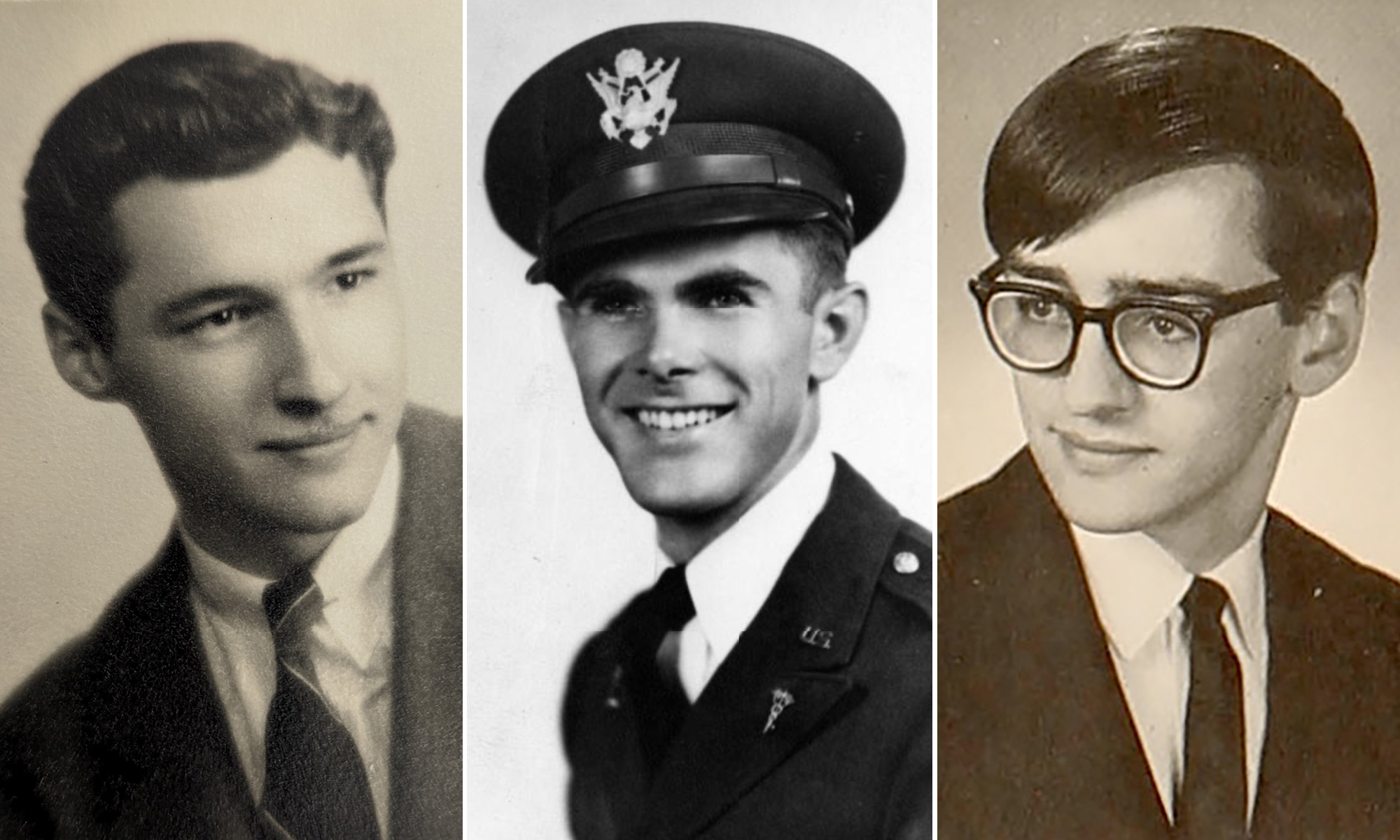 Twenty-five years ago, the chairs of religion and classics and of physics and astronomy at the University of Rochester reached beyond their disparate disciplines to unite in a common cause. Their goal:
Twenty-five years ago, the chairs of religion and classics and of physics and astronomy at the University of Rochester reached beyond their disparate disciplines to unite in a common cause. Their goal:
To rid the undergraduate curriculum of mandatory courses that were no longer achieving their purpose and that students didn’t want to take. To instead give students the freedom to delve more deeply into the subjects they wanted to pursue—so they would better understand how discovery and problem solving vary from one discipline to another.
The distinctive Rochester Curriculum that William Green and Paul Slattery helped spearhead—with input and support from a wide range of faculty and administrators—resonated with students then, and continues to do so now.
With the exception of a first-year writing class, it dispenses with required courses. Instead, it lets students choose from among some 250 so-called clusters—sets of three related courses in one of three areas of learning: arts and humanities; social sciences; and math, natural sciences, and engineering. A student majoring in one area takes a cluster in each of the other two. (Engineering students, whose major programs are tightly prescribed by an accrediting institution, can choose one.)
The Rochester Curriculum became a key component of then President Thomas Jackson’s ambitious Renaissance Plan, introduced in 1995. The plan sought to address fiscal challenges but also introduce positive changes in the undergraduate experience.
The Rochester Curriculum “just struck me as so logical,” Jackson recalls. “So much so, I wondered: How come nobody else is doing this?”
Overcoming ‘a kind of superficiality’
For a quarter century before the introduction of the Rochester Curriculum, Rochester’s undergraduate students, like those at many other colleges and universities, made their way through “distribution requirements.” To amass the 128 credit hours required for graduation, students completed the requirements of a major, but also met a foreign language requirement, satisfied a somewhat different writing requirement, and took mandatory classes in other subjects as well.
The object was to give students a broad base of knowledge. By the 1990s, however, it was becoming apparent that the mandatory classes “fostered a kind of superficiality, where you did an introductory thing here and there, checking off a list,” says Richard Feldman, then chair of philosophy. “Students would ask, ‘What do I have to do to be done with this?’”
Green, then chair of religion and classics, and Slattery, the chair of physics, shared those concerns regarding a checklist mentality. They had met at department chair meetings, and struck up a friendship. When Green became dean of undergraduate studies, he made the curriculum his top priority. And he asked Slattery to chair a faculty committee whose members would be charged with developing the proposed curricular changes. Slattery was “an exceptionally powerful advocate,” Green says.
Despite already heavy commitments of running both the physics and astronomy department and a major multi-institution research project at the Fermi National Lab in Illinois, Slattery agreed.
“Bill was the true driver of this,” Slattery says. “My major contribution was to work with the faculty to get their buy in.”
Learning that mirrors research
Several key arguments helped pave the way:
- Green and Slattery believed that doing away with the foreign language requirement—one of the more controversial parts of the plan—would actually benefit foreign language study, because students would now be taking courses because they really wanted to, improving the experience for instructors and students alike.
- Clusters would be a “whole greater than the sum of its parts,” as Slattery put it. The result would be a “more intellectually vibrant” experience than what students would find in mandatory introductory courses.
- Faculty—legitimately—understand their fields to be fundamentally interesting and important, but it is impossible for students to study every subject the University offers. By letting students delve more deeply into topics of their choosing, the students would “not just be dabbling, but understanding how scholars and researchers in a given field think and reason,” Jackson notes.
The result is a curriculum that mirrors research as a way of learning. “It breaks down the barrier between the way faculty at a research university learn, and the way students learn,” says Green, now senior vice provost and dean of undergraduate studies at the University of Miami.
“Researchers learn from the heart, and that’s why the learning is consequential. We thought our students should learn as much like we do as possible.”
Awards and a glowing endorsement
In 1997 both Green and the Undergraduate Curriculum Committee won separate Goergen Awards for Distinguished Contributions to Undergraduate Learning in recognition for having introduced the Rochester Curriculum.
In 2016, the Rochester Curriculum received a glowing endorsement from a University Curriculum Review Committee. The 16 faculty, staff, and student members concluded that the curriculum remains a “singularly robust framework” that gives students the “freedom to select areas of study that interest them, the ability to pursue those interests with passion, and requires of them the discipline to design their course of study.”
Several factors contributed to the acceptance of the new curriculum.
“We didn’t try to rush the process,” Slattery says. “The Faculty Council that ultimately endorsed our plan, consisting of a representative from each College department and some at large members, had ample time—two years—to weigh the pros and cons of what we were proposing.”
Green credits the strong leadership of Slattery and of key administrators, particularly Deans Richard Aslin and Thomas LeBlanc, and Elissa Newport, chair of the College Curriculum Committee who oversaw implementation of the plan. “It was a team effort,” Green says.
Jackson believes the relatively small size of the University helped the curriculum be well received. “The departments are not so huge that faculty members become isolated,” he says. “They find colleagues outside of their own department.”
As a result, “you had a collaboration between a professor in religion and a professor in physics who put this together. You don’t see that happening very often where people from vastly different disciplines sit down and design something together.”



